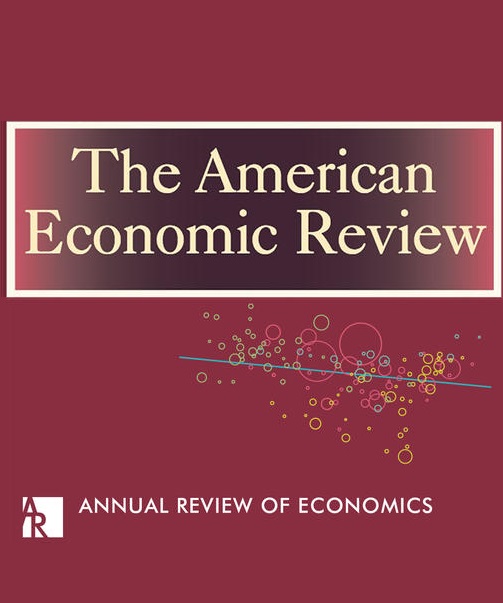不断变化的商业活力和生产力:冲击与响应
IF 10.5
1区 经济学
Q1 ECONOMICS
引用次数: 72
摘要
自2000年以来,美国所有行业的就业岗位重新分配速度都有所下降。在标准模型中,总的就业再分配取决于(a)企业面临的特殊生产力冲击的分散程度,以及(b)企业对这些冲击的边际反应能力。利用商业微观数据中的几个新的经验事实,我们推断,2000年后再分配的普遍下降反映出反应能力较弱,这与不断上升的调整摩擦一致,而不是冲击的分散度较低。全要素生产率和每名工人的产出在行业内的分散度有所上升,而就业增长对企业水平生产力的边际反应减弱。2000年后,高科技部门的年轻公司的反应能力仅为20世纪90年代峰值的一半(制造业)至三分之二(整个经济体)。反事实表明,自2000年以来,生产力反应能力的减弱对总生产力造成了重大拖累。本文章由计算机程序翻译,如有差异,请以英文原文为准。
Changing Business Dynamism and Productivity: Shocks versus Responsiveness
The pace of job reallocation has declined in all U.S. sectors since 2000. In standard models, aggregate job reallocation depends on (a) the dispersion of idiosyncratic productivity shocks faced by businesses and (b) the marginal responsiveness of businesses to those shocks. Using several novel empirical facts from business microdata, we infer that the pervasive post-2000 decline in reallocation reflects weaker responsiveness in a manner consistent with rising adjustment frictions and not lower dispersion of shocks. The within-industry dispersion of TFP and output per worker has risen, while the marginal responsiveness of employment growth to business-level productivity has weakened. The responsiveness in the post-2000 period for young firms in the high-tech sector is only about half (in manufacturing) to two thirds (economy wide) of the peak in the 1990s. Counterfactuals show that weakening productivity responsiveness since 2000 accounts for a significant drag on aggregate productivity.
求助全文
通过发布文献求助,成功后即可免费获取论文全文。
去求助
来源期刊

American Economic Review
ECONOMICS-
CiteScore
18.60
自引率
2.80%
发文量
122
期刊介绍:
The American Economic Review (AER) stands as a prestigious general-interest economics journal. Founded in 1911, it holds the distinction of being one of the nation's oldest and most esteemed scholarly journals in economics. With a commitment to academic excellence, the AER releases 12 issues annually, featuring articles that span a wide spectrum of economic topics.
 求助内容:
求助内容: 应助结果提醒方式:
应助结果提醒方式:


